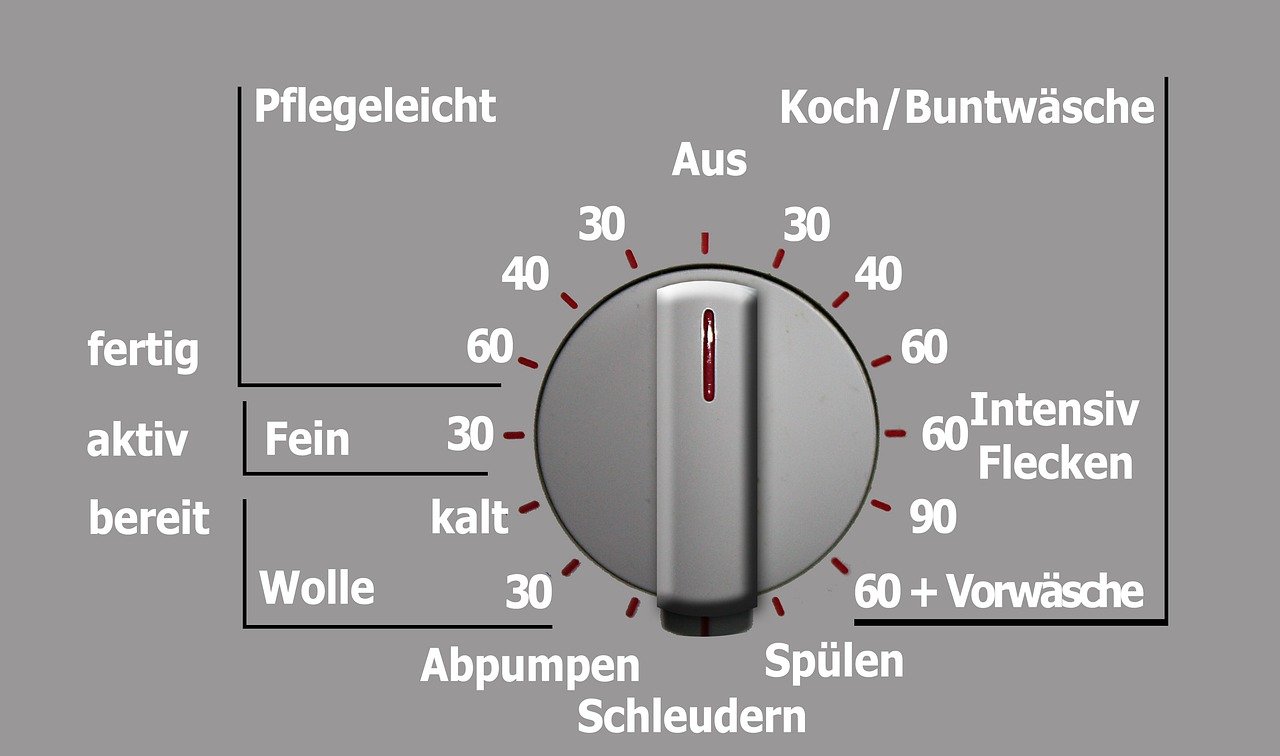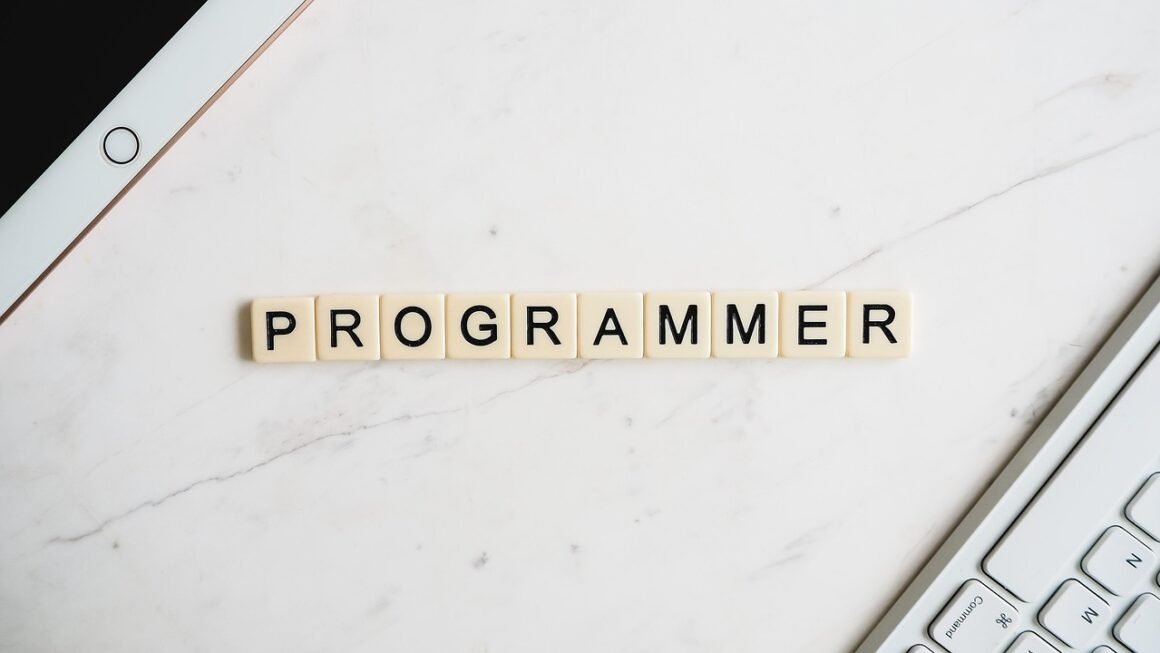AI is rapidly transforming our world, infiltrating everything from customer service chatbots to complex medical diagnostics. As AI systems become more sophisticated and integrated into our daily lives, a crucial question arises: what rights do users have when interacting with these technologies? Understanding these rights, even if they are still evolving, is essential for ensuring fairness, transparency, and accountability in the age of artificial intelligence.
Understanding the Landscape of AI User Rights
Navigating the world of AI user rights requires understanding the current legal and ethical landscape. While specific AI user rights are still developing, several existing legal frameworks and ethical principles provide a foundation for protecting individuals.
Data Privacy and Protection
- The Right to Know: Users should have the right to know what data AI systems collect about them, how it’s being used, and with whom it’s being shared.
Example: A fitness app powered by AI collects data on your activity levels, sleep patterns, and dietary habits. You have the right to request access to this data and understand how the AI is using it to personalize your workout recommendations.
- The Right to Rectification: Users should be able to correct inaccurate or incomplete data held by AI systems.
Example: An AI-powered loan application system incorrectly flags you as a high-risk borrower due to an error in your credit report data. You should have the right to correct this information and have the AI reassess your application.
- The Right to Erasure (Right to be Forgotten): Under certain circumstances, users should have the right to have their data deleted from AI systems.
Example: If you no longer wish to use a social media platform that employs AI for content recommendations, you should be able to request the deletion of your user profile and associated data.
- Data Minimization: AI systems should only collect and process data that is necessary for their intended purpose. This principle minimizes the risk of privacy breaches and ensures that users are not unnecessarily exposed.
Transparency and Explainability
Transparency and explainability are crucial for building trust in AI systems. Users should have a right to understand how AI makes decisions, especially when those decisions affect their lives.
- The Right to Explanation: Users should have the right to receive a clear and understandable explanation of how an AI system arrived at a particular decision, especially in high-stakes scenarios.
Example: If an AI-powered hiring tool rejects your job application, you should have the right to request an explanation of the reasons for the rejection, including the specific criteria and data points that led to the decision.
- Algorithmic Transparency: The algorithms that underpin AI systems should be made transparent, allowing for scrutiny and evaluation by experts and the public.
Example: Independent audits of AI algorithms used in criminal justice, such as risk assessment tools, can help identify and mitigate potential biases.
- Model Cards: Some researchers are advocating for “model cards,” which would be like nutrition labels for AI models. These cards would provide information about the model’s intended use, training data, performance metrics, and potential biases.
Fairness and Non-Discrimination
AI systems should be designed and used in a way that is fair and non-discriminatory. This means avoiding biases in data, algorithms, and outcomes.
- The Right to Non-Discriminatory Treatment: AI systems should not discriminate against individuals based on protected characteristics such as race, gender, religion, or sexual orientation.
Example: An AI-powered facial recognition system should not exhibit bias that leads to misidentification or unfair treatment of individuals from certain racial groups. Studies have shown significant disparities in the accuracy of facial recognition technology across different demographics.
- Bias Detection and Mitigation: Developers should proactively identify and mitigate biases in AI systems throughout the development lifecycle, from data collection to model training and deployment.
- Fairness Audits: Independent audits can help assess the fairness of AI systems and identify potential sources of bias. These audits should be conducted regularly and transparently.
Accountability and Redress
When AI systems cause harm, it’s important to have mechanisms for accountability and redress. This means establishing clear lines of responsibility and providing avenues for users to seek compensation or other remedies.
- The Right to Redress: Users should have the right to seek redress when they are harmed by AI systems. This could include compensation for damages, correction of errors, or other appropriate remedies.
* Example: If an autonomous vehicle malfunctions and causes an accident, the injured party should have the right to seek compensation from the manufacturer, the AI developer, or other responsible parties.
- Human Oversight: While AI systems can automate many tasks, it’s crucial to maintain human oversight to ensure that decisions are fair, ethical, and accountable.
- Independent Oversight Bodies: The creation of independent oversight bodies can help ensure that AI systems are used responsibly and that user rights are protected. These bodies can investigate complaints, conduct audits, and recommend policy changes.
Safety and Security
The safety and security of AI systems are paramount. Users have the right to expect that AI systems will be designed and used in a way that minimizes the risk of harm.
- Robustness and Reliability: AI systems should be robust and reliable, meaning that they should be able to function correctly under a variety of conditions and not be easily susceptible to errors or manipulation.
- Security Against Malicious Attacks: AI systems should be protected against malicious attacks that could compromise their functionality or steal sensitive data.
- Explainable Safety Protocols: In safety-critical applications, such as autonomous vehicles or medical devices, AI systems should have explainable safety protocols that allow users and regulators to understand how the system will respond in emergency situations.
Practical Steps for Protecting Your AI User Rights
While the legal framework for AI user rights is still evolving, there are several practical steps that you can take to protect your rights when interacting with AI systems.
- Read the Terms of Service: Carefully review the terms of service and privacy policies of AI-powered services to understand what data is being collected and how it is being used.
- Adjust Privacy Settings: Take advantage of privacy settings to limit the amount of data that AI systems collect about you.
- Ask Questions: Don’t be afraid to ask questions about how AI systems are making decisions that affect you. If you’re not satisfied with the answers, consider seeking help from consumer protection agencies or legal professionals.
- Report Concerns: If you believe that an AI system has discriminated against you or violated your rights in some other way, report your concerns to the relevant authorities or organizations.
- Stay Informed: Keep up-to-date on the latest developments in AI user rights and advocate for policies that protect your interests.
The Role of Regulation and Policy
Effective regulation and policy are essential for ensuring that AI systems are used responsibly and that user rights are protected. Governments and regulatory bodies around the world are grappling with how to best approach this challenge.
- The European Union’s AI Act: The EU’s proposed AI Act aims to establish a legal framework for AI, categorizing AI systems based on their risk level and imposing specific requirements for high-risk AI applications.
- The Algorithmic Accountability Act: In the United States, the proposed Algorithmic Accountability Act would require companies to assess and mitigate the risks of bias and discrimination in their AI systems.
- International Cooperation: International cooperation is crucial for developing consistent standards and principles for AI governance.
Conclusion
As AI continues to advance, it’s crucial to prioritize the protection of user rights. By understanding these rights, taking practical steps to protect them, and advocating for effective regulation, we can ensure that AI benefits everyone and doesn’t exacerbate existing inequalities. The conversation around AI user rights is just beginning, and it requires ongoing dialogue and collaboration among policymakers, developers, and the public to shape a future where AI is used responsibly and ethically.




